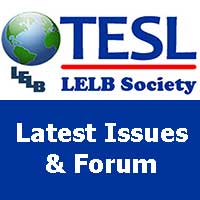Table of Contents
Language-centered Method
Language-centered Method
Language-centered methods are those that are principally concerned with linguistic forms. These methods such as ‘Audiolingual Method, seek to provide opportunities for learners to practice pre-selected, pre-sequenced linguistic structures through form-focused exercises in class, assuming that a preoccupation with form will ultimately lead to the mastery of the target language and that the learners can draw from this form repertoire whenever they wish to communicate in the target language outside the class (Kumaravadivelu, 2006).

According to this view, language development is more intentional than incidental. That is, learners are expected to pay continual and conscious attention to linguistic features through systematic planning and sustained practice in order to learn and to use them.

Language-centered pedagogists treat language learning as a linear, additive process. In other words, they believe that language develops primarily in terms of what Rutherford called “accumulated entities”. That is, a set of grammatical structures and vocabulary items are carefully selected for their usability, and graded for their difficulty. The teacher’s task is to introduce one discrete linguistic item at a time and help the learners to practice it until they internalise it. Secondly, supporters of language-centered methods advocate explicit introduction, analysis, and explanation of linguistic systems. That is, they believe that the linguistic system is simple enough and our explanatory power clear enough to provide explicit rules of thumb, and explain them to the learners in such a way that they can understand and internalise them (Kumaravadivelu, 2006).
References
- Kumaravadivelu, B. (2006). Understanding language teaching: From method to postmethod. Mahwah, NJ: Lawrence Erlbaum Associates, Inc.



